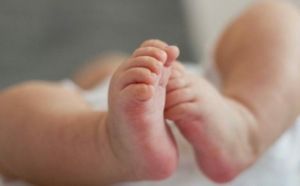News
Danish research debunks widespread circumcision myth
This article is more than 4 years old.
Comprehensive study reveals that circumcision does not protect boys from sexual transmitted infections later in life … on the contrary

Teen mothers almost a thing of the past (photo: Pixabay)
Millions of infants, children and men are circumcised in various parts of the world because it is believed that doing so reduces the risk of contracting HIV and other sexually-transmitted infections (STIs).
But now new research from the State Serum Institute (SSI) has found that the belief is incorrect. In fact, it seems to be quite the opposite.
“We registered a 53 percent increased risk for circumcised people to contract an STI, and the risk was particularly enhanced in relation to genital warts and syphilis,” said Morten Frisch, a co-author of the research.
READ ALSO: Botched ritual circumcisions behind dozens of hospitalisations every year
Alarm bells in Africa
Over 20 million teenage boys and adult men in Africa have been non-ritually circumcised over the past 15 years – based on previous studies from Kenya, Uganda and South Africa.
And recently, some African countries have even expanded their circumcision programs to include infants and young boys.
“The assumption has been that if circumcision in adulthood reduced a man’s risk of getting HIV and other STIs, it probably also will in relation to circumcision early in life,” said Frisch.
“The problem is that the assumption has never been scientifically proven.”
READ ALSO: Health experts want ritual circumcision moved to hospitals
Canadian backing
The SSI research, here in English, was conducted based on data from over 800,000 Danish men born between 1977 and 2003.
The findings were recently published in a respected scientific journal, European Journal of Epidemiology.
The Danish research has been supported by another comprehensive research project from Canada, published in the Journal of Urology, which came to a similar conclusion.
“The Canadian research is particularly interesting. Partly because a far greater share of the male population is circumcised in Canada, and partly because the Canadian study includes over 200,000 circumcised boys and men,” said Frisch.










































